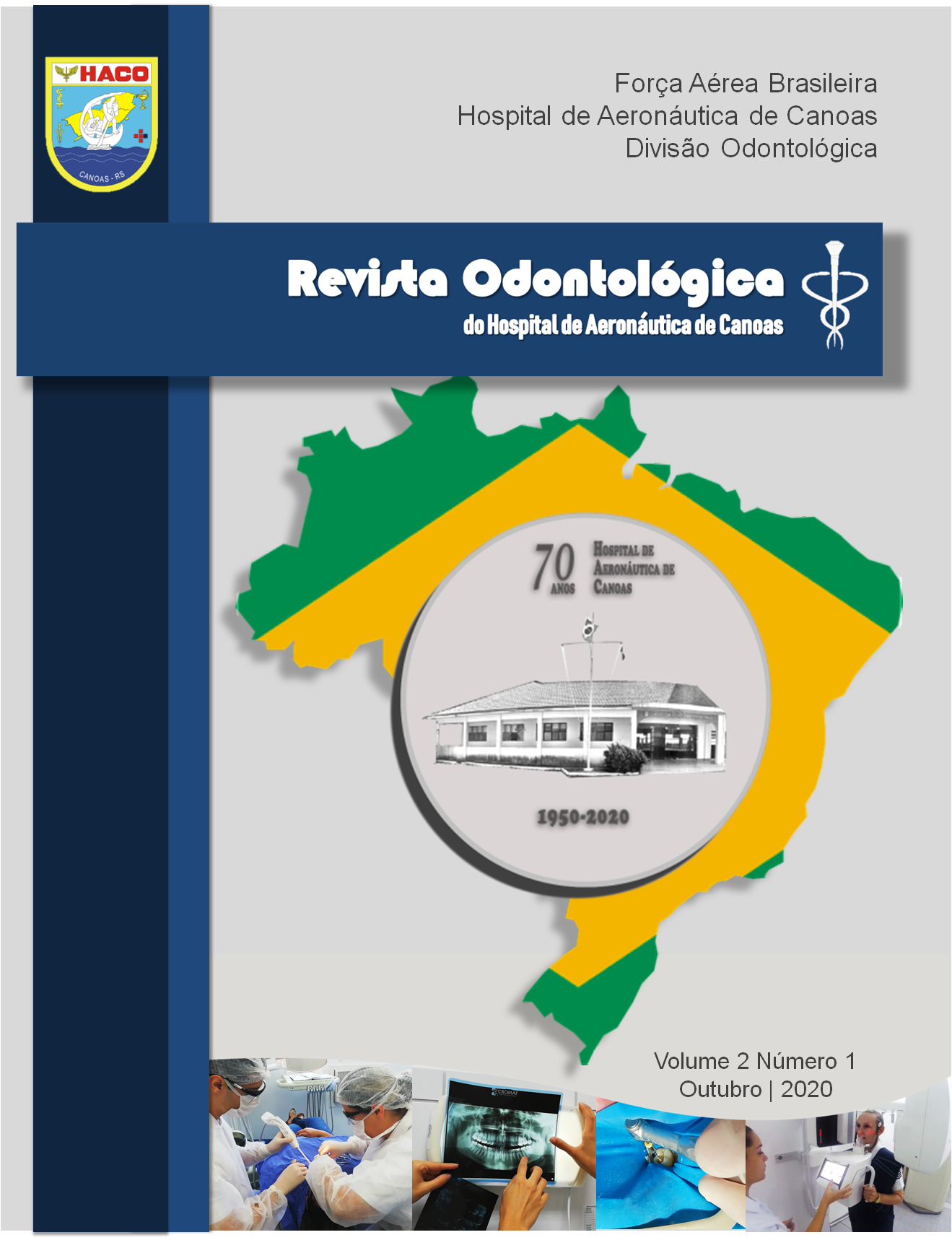NON-CARIOUS CERVICAL LESIONS AND DENTIN HIPERSENSITIVITY
DOI:
https://doi.org/10.47095/issn.2675-3995.rohaco.ed01-2020.art07Keywords:
Dental abrasion, Dental erosion, Dental abfraction, Dentin hypersensitivityAbstract
In the current times, there is an increase in the life expectancy of the population, with this a greater wear and tear on the dental structure is being observed. When tooth enamel is lost, dentinal tubules are exposed, causing discomfort and a painful sensation to the patient called dentin hypersensitivity. The stimuli that trigger this acute, provoked, and short-lived painful sensation can be of chemical, thermal, evaporative, tactile or osmotic origin. This tooth wear has the possibility of occurring due to chronic acid dissolution processes, without the presence of bacteria (erosion), repetitive mechanical wear (abrasion), traumatic occlusion (abfraction) and physiological wear (friction), which are the non-carious cervical lesions and cause both an aesthetic and functional problem. This work aims to show the etiological factors, classification, clinical aspects, mechanisms of action and therapeutic options of non-carious cervical lesions and dentin hypersensitivity, allowing the dental surgeon to know a differential diagnosis of the lesions so that he can have the best conduct before the patient. Associated extrinsic and intrinsic factors were observed and that occlusal trauma is the main etiological factor that predisposes the appearance of other injuries. For this study, a survey of bibliographic references was made in databases, such as PubMed/SciELO/BBO/Lilacs, along with two books, during the month of May 2020, in order to provide an overview on the subject.
Downloads
Published
Issue
Section
License
Copyright (c) 2020 1T Giórgia

This work is licensed under a Creative Commons Attribution 4.0 International License.







